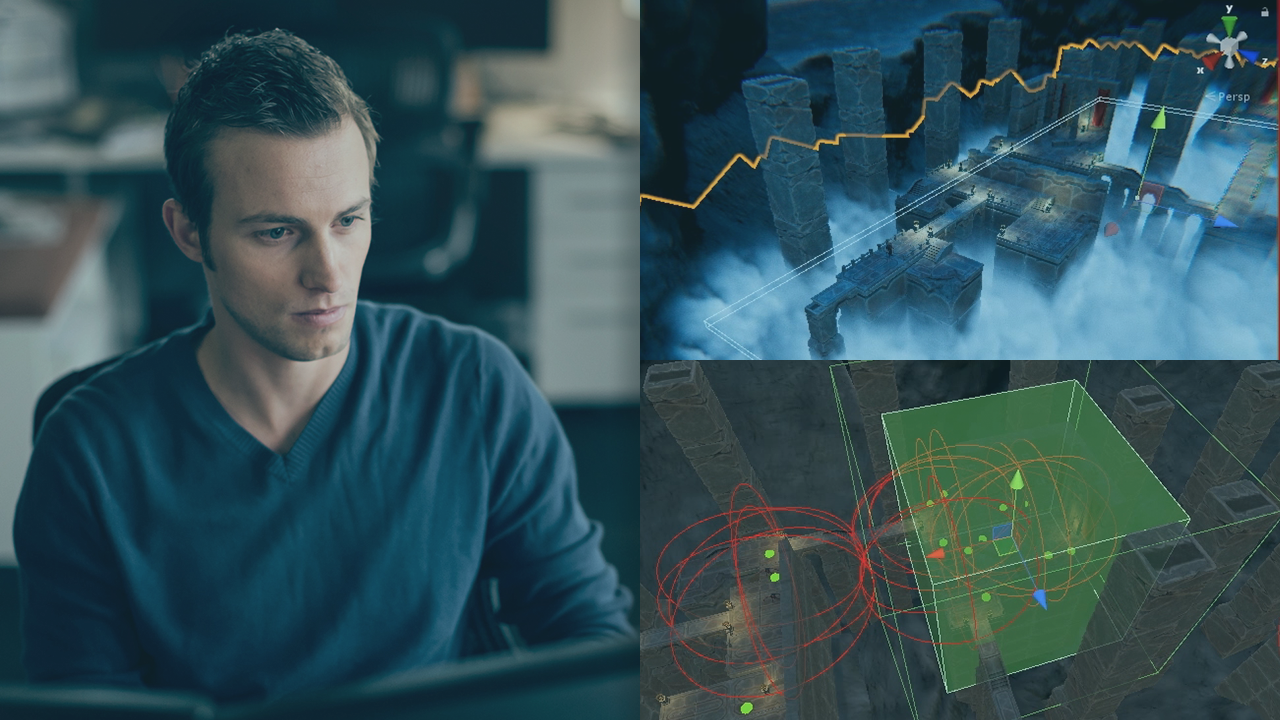- Course
Swords and Shovels: Post Processing and Polish
Post processing is crucial for capturing art direction and bringing game worlds to life. In this course, you’ll learn how to work with the Post Processing Stack, create atmospheric FX, and establish a distinct sense of place.

- Course
Swords and Shovels: Post Processing and Polish
Post processing is crucial for capturing art direction and bringing game worlds to life. In this course, you’ll learn how to work with the Post Processing Stack, create atmospheric FX, and establish a distinct sense of place.
Get started today
Access this course and other top-rated tech content with one of our business plans.
Try this course for free
Access this course and other top-rated tech content with one of our individual plans.
This course is included in the libraries shown below:
- Core Tech
What you'll learn
Post processing is crucial for capturing art direction and bringing game worlds to life. In this course, Swords and Shovels Post Processing and Polish you’ll learn how to work with the Post Processing Stack, create atmospheric FX and establish a distinct sense of place. First, you’ll access a level from the Swords and Shovels project and quickly cover project settings for maximizing quality, the photographic basis of post processing FX, installing the post processing stack, and working with post processing settings. Next, you'll begin adding lighting and particle-based atmospheric FX such as fog, water drips, and cave bats to your scene to add the more interesting look and feel to the level. Lastly, you’ll create a final polishing pass to ensure that we capture art direction and create a distinct sense of place. By the end of this course, you should have a firm grasp of how to create a distinctive look to your modular level. Software required: Unity.

